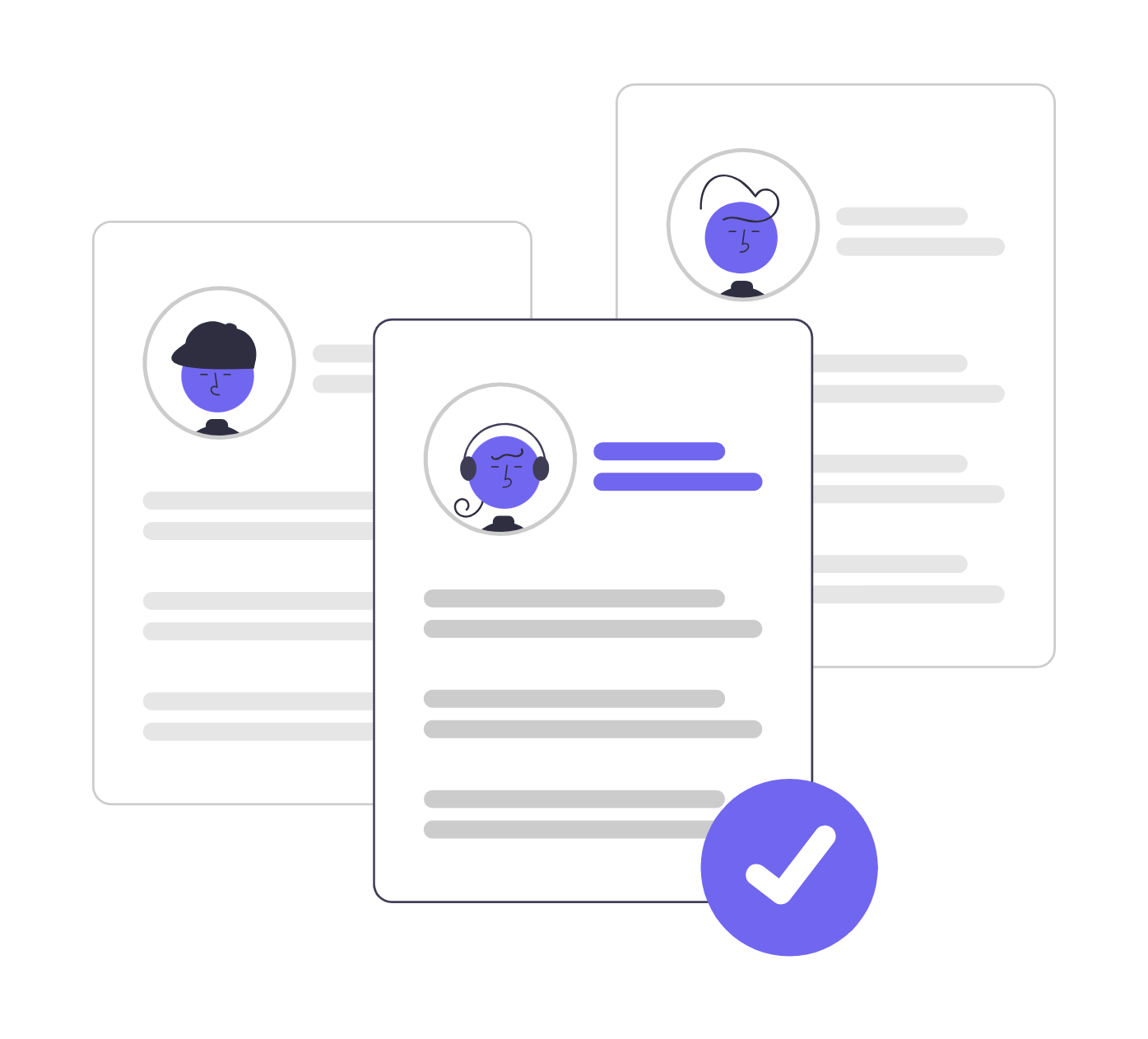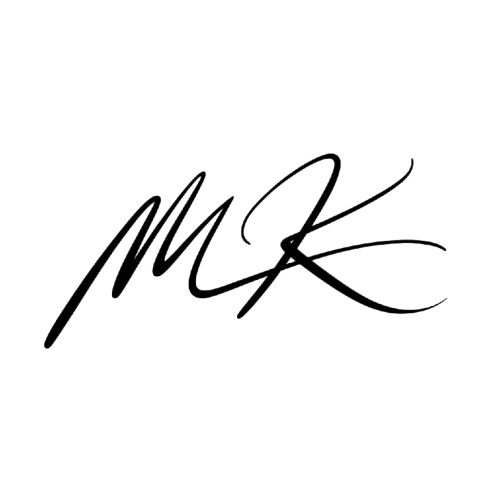Share
When you’ve found the right person for the role, delivering the job offer should feel like a win—for both you and the candidate.
But here’s the truth: too many companies fumble this critical moment.
They delay the offer. They send a cold, copy-pasted email. Or worse, they leave the candidate hanging for days after the final interview. And in that silence, momentum is lost. Excitement fades. Sometimes, great candidates walk away.
Notifying a candidate they’ve been selected isn’t just a formality—it’s one of the most important steps in your hiring process. Done right, it can boost your employer brand, increase offer acceptance, and set the stage for a successful onboarding experience.
Here’s how to do it the right way.
1. This Moment Is More Important Than You Think
You’ve invested time and energy into sourcing, interviewing, and evaluating candidates. But the final touchpoint—the job offer—is often where things get rushed or mishandled.
For the candidate, this is a huge life moment. A new opportunity. A shift in their career. The way you deliver the news plays a big role in how they perceive your company, your culture, and whether they choose to say “yes.”
A thoughtful, prompt, and clear notification shows respect, professionalism, and genuine excitement. It turns a good candidate experience into a great one.
Quickly identify your most promising candidates. WorkScreen automatically evaluates, scores, and ranks applicants on a performance-based leaderboard—making it easy to spot top talent, save time, and make smarter, data-driven hiring decisions.

2. Why Prompt, Personalized Job Offers Matter
Failing to notify selected candidates properly can create confusion, anxiety, and even resentment.
On the other hand, doing it well:
- Reinforces a strong employer brand
- Helps candidates choose you over competing offers
- Builds immediate trust and momentum
- Reduces the risk of offer rejections and drop-offs
In fact, up to 50% of candidates have turned down job offers due to a poor or impersonal candidate experience. You don’t want your job offer to be one of them.
3. Before You Reach Out: Prepare Strategically
Before you pick up the phone or write that email, take a few key steps:
 Finalize all internal approvals
Finalize all internal approvals
Make sure the offer is locked in. This includes background checks, salary approval, and sign-off from key stakeholders.
 Double-check your timing
Double-check your timing
Don’t wait a week. Ideally, reach out within 24–48 hours of making the decision. Good candidates are often weighing multiple options—speed can be the difference between a yes or a no.
 Personalize your messageReview your notes. Remind yourself what made this candidate stand out. Your message should feel tailored, not templated.
Personalize your messageReview your notes. Remind yourself what made this candidate stand out. Your message should feel tailored, not templated.
Eliminate low-effort applicants—including those who use AI tools to apply, copy-paste answers, or rely on “one-click apply.” This way, you focus only on genuine, committed, and high-quality candidates—helping you avoid costly hiring mistakes.

4. Step One: Make the Call
A phone call is still the best way to deliver a job offer. It’s human. It’s immediate. And it gives space for a real-time reaction.
You don’t need to be overly formal. Just be warm, direct, and enthusiastic.
Example script:
“Hi [Candidate’s Name], I’m calling with some good news—after careful consideration, we’d love to offer you the position of [Job Title]. We were really impressed by [something specific], and we’re excited about what you’ll bring to the team.”
Then briefly cover:
- Start date
- Compensation (if not already discussed)
- Next steps (paperwork, formal letter)
- Timeframe for their response
End the call by thanking them and letting them know you’ll follow up with written details.

5. Step Two: Follow Up With a Written Offer Email
Within a few hours of the call, send a formal email that outlines everything clearly. This serves as both documentation and a reference point.
Here’s what to include:
- A brief thank you and recap of the call
- The job title and official offer
- Salary and benefits package
- Proposed start date
- Required next steps (e.g., contract signing, documents)
- Deadline to accept the offer
- Contact information in case of questions
Tone matters here. You can be formal or casual depending on your company culture—but always be clear, respectful, and human.
6. Step Three: Make It Easy to Say “Yes”
You’ve extended the offer. Now make the decision as easy as possible.
- Attach all relevant documents: contracts, benefits overviews, onboarding schedules
- Clarify any flexible elements (e.g., remote work, training timelines)
- Offer support: let them know they can ask questions or discuss anything they’re unsure about
This shows you’re organized, considerate, and invested in their success before they even start.
Easily administer one-click skill tests with workscreen. -This way you can Assess candidates based on real-world ability—not just credentials like résumés and past experience. This helps you hire more confidently and holistically.

7. Common Mistakes to Avoid
Even good recruiters can slip up at this stage. Avoid these pitfalls:
- Delaying the notification — You might lose your candidate to a faster-moving competitor
- Relying only on email — A call shows you care. An email alone can feel distant
- Using generic templates — Personalize it based on their interviews, background, and strengths
- Forgetting to confirm receipt — Make sure the candidate got the message and has everything they need to respond
- Failing to prepare for negotiations — Be ready to discuss the offer if they come back with questions or changes.
8. Email Templates You Can Use
📩 Formal Version
Subject: Job Offer for [Job Title] at [Company Name]
Dear [Candidate Name],
Thank you for taking the time to interview with us. We are pleased to offer you the position of [Job Title] at [Company Name], starting on [Start Date], with a salary of [Salary].
We believe your experience in [mention relevant skill or trait] will make you a valuable addition to our team.
Please find your offer letter and onboarding documents attached.
Kindly respond by [Date] to confirm your acceptance.
Sincerely,
[Your Name + Contact Info]
📩 Mid-Formal Version
Subject: Exciting News From [Company Name]!
Hi [Candidate Name],
We really enjoyed getting to know you during the interview process—and we’re excited to offer you the [Job Title] role!
Your experience with [X] and your passion for [Y] really stood out.
Attached is your offer letter, benefits overview, and a few next steps. Let us know by [Date] if you’re ready to move forward—we hope you are!
Best,
[Your Name]
📩 Friendly Version (Startup or Creative Team)
Subject: You’re In! 🎉
Hey [Candidate Name],
We loved meeting you—and we’d love to have you on the team! You’re officially our pick for [Job Title].
We’re excited about what you’ll bring to the team. Salary starts at [X], and we’d love for you to start on [Y].
Check out the attachments, and let us know by [Date] if you’re in. We’re rooting for a yes!
Cheers,
[Your Name]
9. Final Thoughts: Celebrate the Moment
The way you tell a candidate “you’re hired” sets the tone for everything that follows. It’s more than a task—it’s a celebration of potential, partnership, and progress.
So take the time to get it right.
Pick up the phone. Be human. Be clear. And follow through with thoughtful communication.
Because when people feel genuinely wanted, they show up differently—from day one.
Quickly identify your most promising candidates. WorkScreen automatically evaluates, scores, and ranks applicants on a performance-based leaderboard—so you can hire confidently and efficiently.

FAQ
Yes, an email job offer can be legally binding if it clearly outlines the terms of employment (e.g., salary, role, start date) and the applicant accepts it. However, most employers include a disclaimer that the offer is contingent on signing a formal contract or completing certain conditions (like background checks). To protect yourself, always follow up with a formal offer letter that includes all legal terms and conditions.
Ghosting happens when candidates disappear after receiving an offer. To reduce the risk:
- Act fast. Send the offer soon after the final interview.
- Set clear deadlines. Include a response due date in the offer email.
- Keep the momentum. Call the candidate right before or after sending the offer.
- Reaffirm excitement. Remind them why they’re a great fit and how your team looks forward to working with them.
- Follow up proactively. If there’s no response by the deadline, send a friendly nudge within 24–48 hours.
Yes, calling first is a best practice. A quick phone call builds excitement, makes it feel more personal, and gives you a chance to answer questions before they see the formal terms. It also signals that you care about them as more than just a name on a resume.
A verbal offer communicates your intent to hire, usually during a phone call, but it’s not always legally binding. A written offer formalizes the terms and is essential for legal clarity. Always follow up verbal offers with a written one.
Ideally within 24 to 48 hours. Delays can create uncertainty or open the door for competing offers. Even if you’re waiting on internal approvals, communicate clearly with the candidate so they know they’re still in the loop.
Unfortunately, this can happen. To minimize the chances:
- Stay in regular contact until their start date
- Send a welcome package or team intro
- Involve them in pre-boarding (e.g., filling out forms, early onboarding tasks)
If they do withdraw, revisit your top runner-up candidates quickly or have a shortlist ready.
Yes. Letting others know promptly shows professionalism and preserves your employer brand. Be gracious, thank them for their time, and let them know you’ll keep them in mind for future roles.

